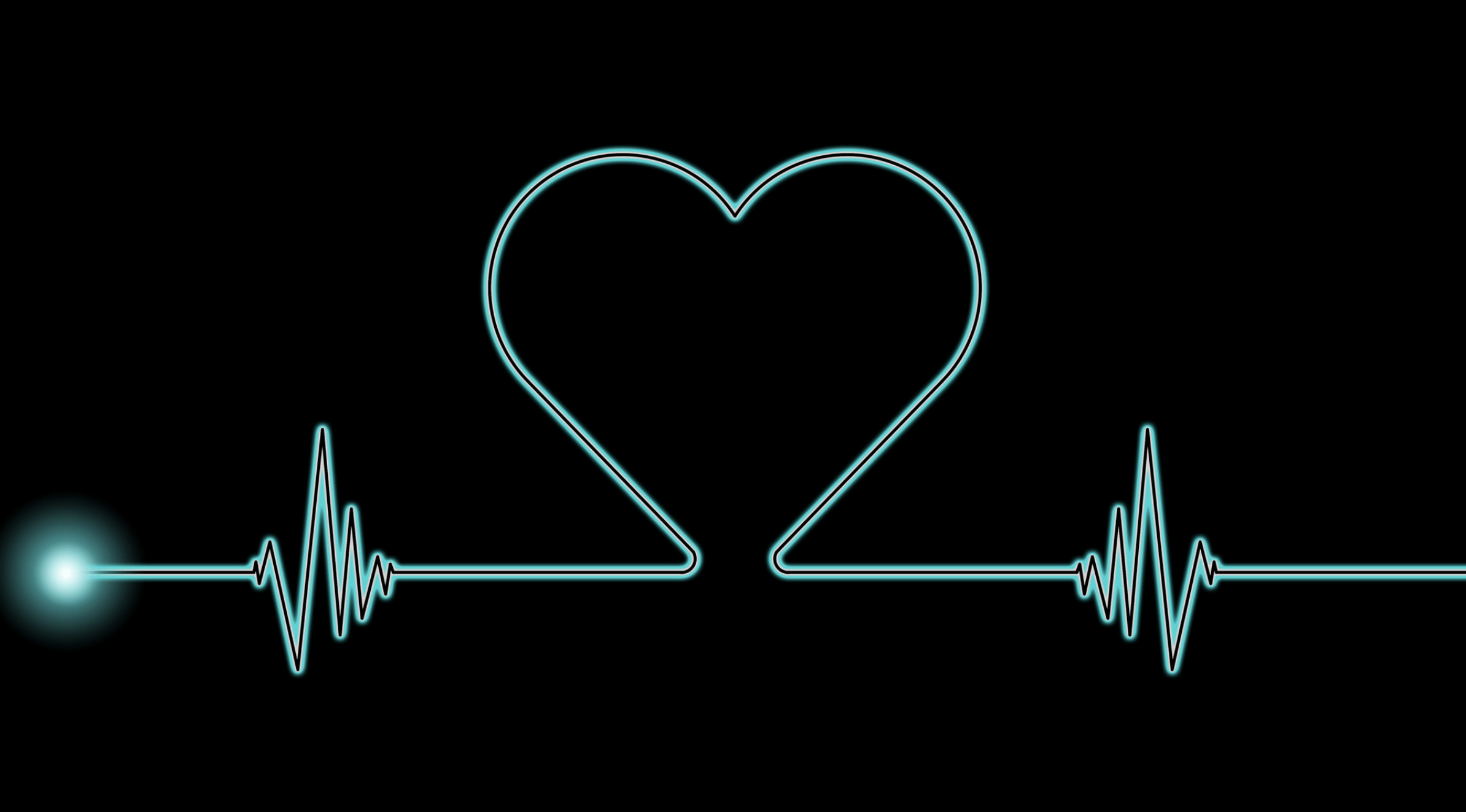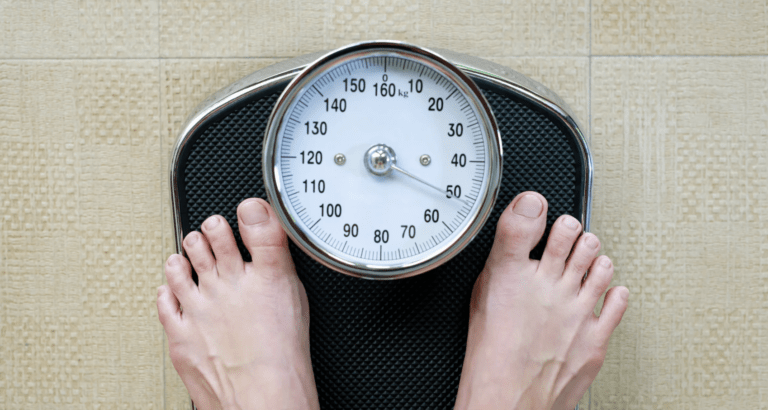- Breakthrough For Ehlers Danlos Syndrome and Endometriosis - 13 March 2025
- Does EDS get worse as you age? - 20 February 2025
- Can Ehlers Danlos Syndrome Cause Weight Gain/Loss? - 18 February 2025
When it comes to fibromyalgia, it can be difficult to find effective solutions. Heart Rate Variability (HRV) is one method that is becoming popular since it provides information about your body’s reaction to stress and how well it recovers from it. Those of us who suffer from chronic pain may be wondering what HRV is and how it can assist. How might learning about HRV impact your day-to-day life? Let’s have a look at the components.
Just picture yourself having complete insight into your body’s stress response and recovery times. By monitoring the minute variations in the intervals between your heartbeats, HRV reveals this information. The stability of your autonomic nervous system, as shown by these fluctuations, is essential for stress management and general health, particularly in the face of chronic pain.
This article covers:
ToggleWhat is Heart Rate Variability?
The period that elapses between heartbeats is known as heart rate variability (HRV). A healthy heart rate varies somewhat with each beat, rather than being constant and regular. Your body’s reaction to stress and relaxation is regulated by your autonomic nerve system, which influences this variability.
High HRV and low HRV are the two primary concepts discussed when HRV is brought up. In general, a high HRV suggests that your parasympathetic nervous system, which is responsible for relaxation and digestion, is active, and that your body is in good condition, ready to rest and recuperate. Conversely, a low HRV indicates that your body is experiencing stress, which could be caused by anxiety, disease, or other circumstances. It also indicates that your sympathetic nervous system, which is responsible for flight or fight responses, is taking charge.
Heart rate variability (HRV) gives a picture of your general health, and can learn a lot about your body’s stress tolerance and recovery rate by keeping an eye on your HRV. As a result of its ability to shed light on the body’s stress reactions and direct you towards more educated health and lifestyle choices, HRV is an invaluable resource for anyone coping with fibromyalgia or chronic pain.
Chronic Pain and HRV
Dysautonomia, in which the autonomic nerve system (ANS) does not work properly, is a common comorbidity of fibromyalgia. This malfunction throws off the delicate equilibrium between the body’s rest-and-digest and fight-or-flight systems, leading to a variety of symptoms that can aggravate the difficulties of living with fibromyalgia.
Fibromyalgia patients often have an overactive autonomic nervous system (ANS) even when they’re not under stress. Reduced variability in HRV when compared to healthy individuals is a result of this imbalance. There are notable variations in HRV measurements between fibromyalgia patients and healthy controls, according to research. One indicator that autonomic modulation is more difficult for patients with fibromyalgia is a decreased HRV response to physical stress.
Research on the effects of various therapies on HRV and, by implication, pain and stress, is extensive. For instance, research on mindfulness meditation has indicated that it may help with HRV and chronic pain. One way to increase heart rate variability (HRV) is to practise mindful breathing, which helps the body’s relaxation response.
Another intriguing method is music therapy. Research has shown that those with chronic pain who listen to music have an improvement in HRV and a decrease in their perception of pain. Vagal activity is a component of the parasympathetic nervous system that can alleviate pain and stress thanks to the calming effects of music.
One more sophisticated method for alleviating chronic pain is spinal cord stimulation (SCS). Studies have demonstrated that SCS can modulate HRV by lowering parasympathetic tone. This goes against common sense, but it exemplifies the intricate web of interactions between autonomic function and chronic pain therapies. A more balanced autonomic response and better pain management may be possible in some instances by lowering parasympathetic tone.
Factors that impact HRV
When you get down to the core, two main factors impact your HRV:
Uncontrollable Factors
Genetics
The majority of your HRV is determined by your genes. Your HRV levels can be affected by your genetic composition, which in turn affects the way your autonomic nervous system manages your heart. This physiological metric may have a hereditary component, since certain genetic markers are associated with elevated or decreased HRV.
Age
Changes in autonomic control cause HRV to decrease with age. Reduced parasympathetic activity and greater sympathetic dominance are associated with this decline, which has an effect on cardiac health. According to studies, HRV is often lower in the elderly compared to younger people.
Hormone Cycles
The variation in HRV can be greatly affected by changes in hormone levels, particularly in females. During a woman’s menstrual cycle, her levels of the hormones oestrogen and progesterone fluctuate, which might influence the heart’s autonomic nervous system. Typically, follicular phase HRV is greater than luteal phase HRV because oestrogen is at its peak during the former and progesterone is at its peak during the latter.
Emotions
How you’re feeling greatly impacts your heart rate variability (HRV). Higher HRV is associated with greater autonomic balance and cardiovascular health, which is supported by positive emotions like joy and contentment. On the flip side, lower HRV is linked to stress, anxiety, and depression, suggesting an increase in sympathetic activity and a decrease in parasympathetic activity.
Illness
Heart and neurological system diseases are among those that can change HRV. It is well-known that conditions such as depression and cardiovascular illnesses can decrease HRV. Significant variations in HRV can also be caused by illnesses that impair autonomic function or cause systemic inflammation.
Controllable Factors
Sleep Routine
Heart rate variability is influenced by the amount and quality of sleep you get. Regular, rejuvenating sleep increases HRV by activating the parasympathetic nervous system. Conversely, a decrease in HRV, suggesting elevated cardiac stress, can be caused by either insufficient or poor quality sleep.
Environmental Factors
Your environment is important. A number of environmental factors can affect HRV, including temperature, altitude, and noise level. You can increase your HRV in a relaxing, comfortable setting and decrease it in a stressful one, such as when you’re at a high altitude or in very hot weather.
Medications and Substances
There are medications and chemicals that can affect HRV. As an example, beta-blockers have the ability to raise HRV by decreasing sympathetic activity. On the other hand, by increasing sympathetic activity, stimulants such as nicotine and coffee can reduce HRV. In addition to influencing HRV, recreational drugs and alcohol can decrease variability.
Lifestyle Choices
When it comes to HRV, your way of living is a major factor. A greater HRV, indicative of improved autonomic balance, is linked to regular physical activity. Improve heart rate variability (HRV) by eating more anti-inflammatory and antioxidant-rich meals. On the flip side, a sedentary lifestyle, poor nutrition, and chronic stress can all lead to a decrease in HRV, which is an indicator of worse heart health.
How to Improve HRV
A holistic strategy combining physical, psychological, and environmental tactics is necessary for the management of Heart Rate Variability (HRV) in patients suffering from chronic pain. Boost your HRV and enhance your well-being with these practical suggestions derived from recent research.
Fitness Routines
You can improve your heart rate variability (HRV) and alleviate pain by practicing yoga, particularly with the help of props. Efficacy in reducing muscle discomfort, depression, and stress responses, as well as enhancing HRV measures such as the R-R interval and SDNN, was demonstrated after an eight-week program that targeted stress-prone muscles (neck, shoulders, back, and waist).
Therapeutic Massage
Manual therapy, such as mobilisation and manipulation, is one physical therapy technique that can temporarily improve HRV in patients suffering from chronic neck discomfort. The general effect on HRV is positive, suggesting enhanced autonomic function, even though the methods may differ.
Biofeedback system
Real-time feedback on heart rate variability (HRV) is used in HRV biofeedback to teach people to regulate their own physiological processes. Human heart rate variability (HRV) biofeedback has the potential to alleviate chronic pain symptoms by increasing parasympathetic activity, which in turn improves HRV coherence, according to research.
Meditating and Being Mindful
A single 20-minute mindfulness meditation practice can raise pain tolerance and mildly reduce pain severity. Better autonomic modulation and less stress are both indicated by an increase in HRV, which is enhanced by this activity. Similar to mindfulness meditation, hypnosis has the potential to instantly alter pain tolerance and heart rate variability (HRV). When compared to control groups, it improves pain tolerance to a modest extent.
Management of Stress
Ways to Decrease Stress: Due to greater psychological discomfort, reduced HRV is commonly associated with chronic pain. Psychological distress can be reduced through stress-reduction techniques like cognitive-behavioral therapy (CBT) or relaxation exercises, which in turn can improve HRV indirectly.
Forest therapy programs expose participants to nature, which improves HRV, decreases pain, and alleviates sadness. Research has demonstrated that people with chronic widespread pain benefit from spending time in natural areas, both in terms of immune function and overall quality of life.
Enjoyed Our Blog? Why Stop Here?
If you’ve found value in our posts, imagine the impact of a structured, science-backed course tailored specifically for fibromyalgia and its unique challenges. The Full Body Fibro Course is your ultimate starting point for understanding your body, improving mobility, and managing symptoms effectively.





